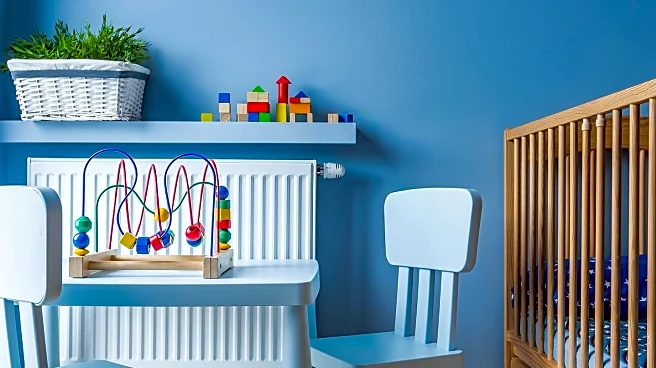What's Happening?
Finland is experiencing a historically low birth rate, with the total fertility rate falling below the replacement level needed to maintain a steady population. Despite generous family policies, such as
paid parental leave and childcare support, Finnish people are increasingly delaying or opting out of having children. This trend is part of a global shift where families are having fewer children, influenced by factors such as economic uncertainty, changing societal norms, and technological impacts on relationships.
Why It's Important?
The declining birth rate in Finland reflects broader demographic changes that could have significant implications for the country's economy and social systems. An aging population and shrinking workforce may strain public resources, including pensions and healthcare. This trend also highlights the limitations of policy measures in reversing demographic shifts, prompting governments to explore new strategies to support family formation. The situation in Finland serves as a case study for other nations facing similar challenges, emphasizing the need for innovative solutions to address population decline.
Beyond the Headlines
The low birth rate raises questions about the cultural and psychological factors influencing family planning decisions. It suggests a disconnect between young people's aspirations and the realities of modern life, including economic pressures and technological influences on relationships. The trend may lead to long-term shifts in societal structures, as smaller families become more common and traditional family models evolve. This could impact cultural norms, social policies, and economic strategies in the future.











